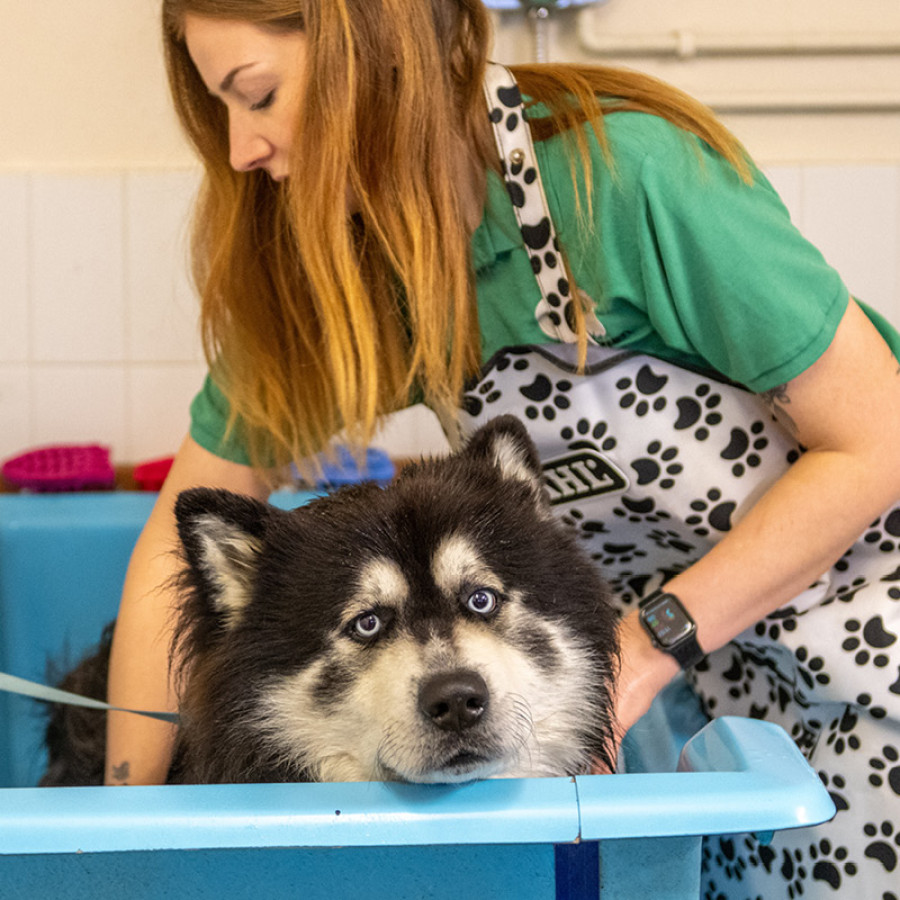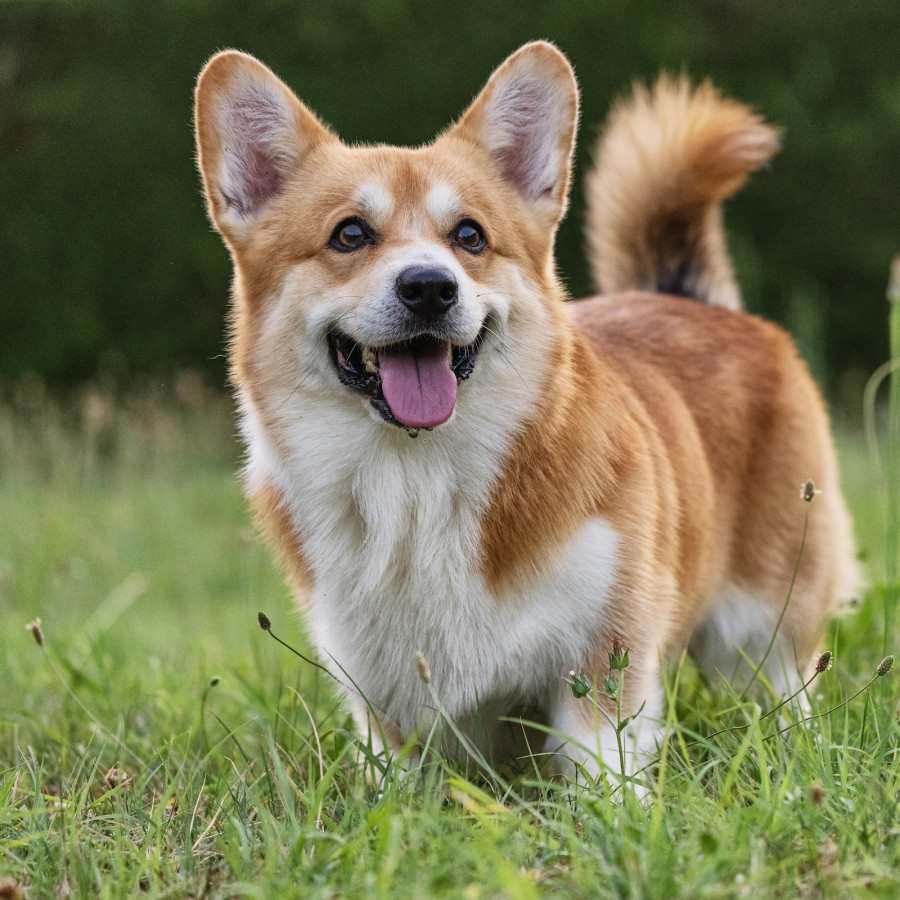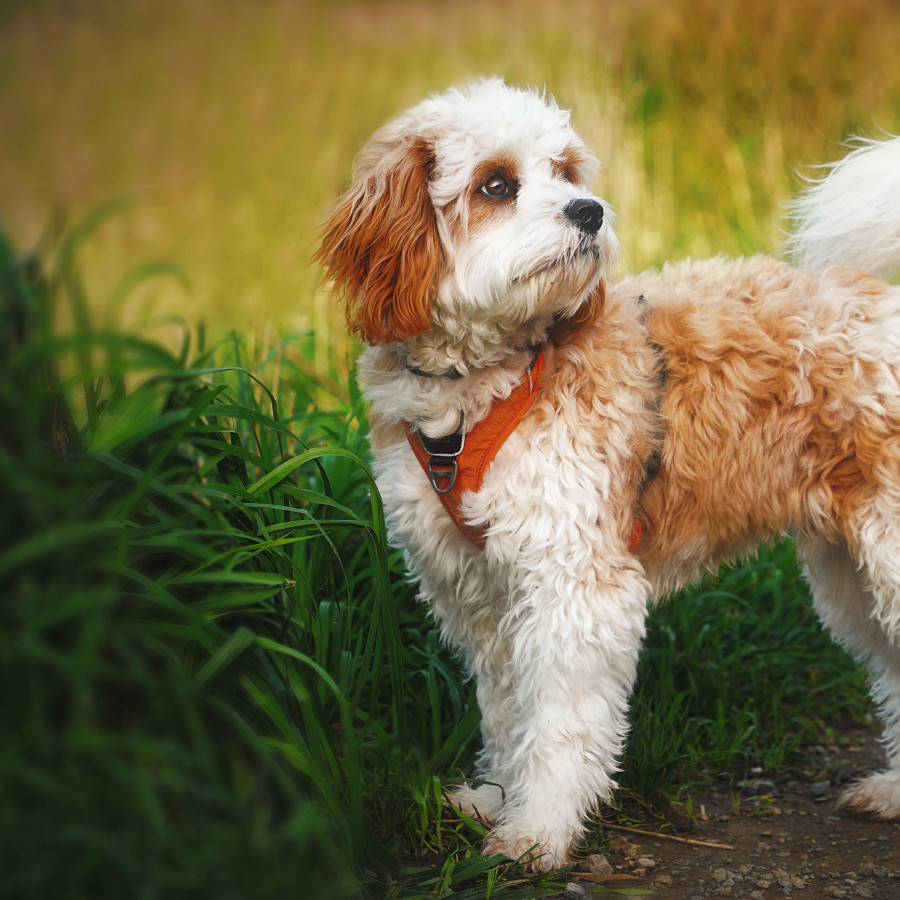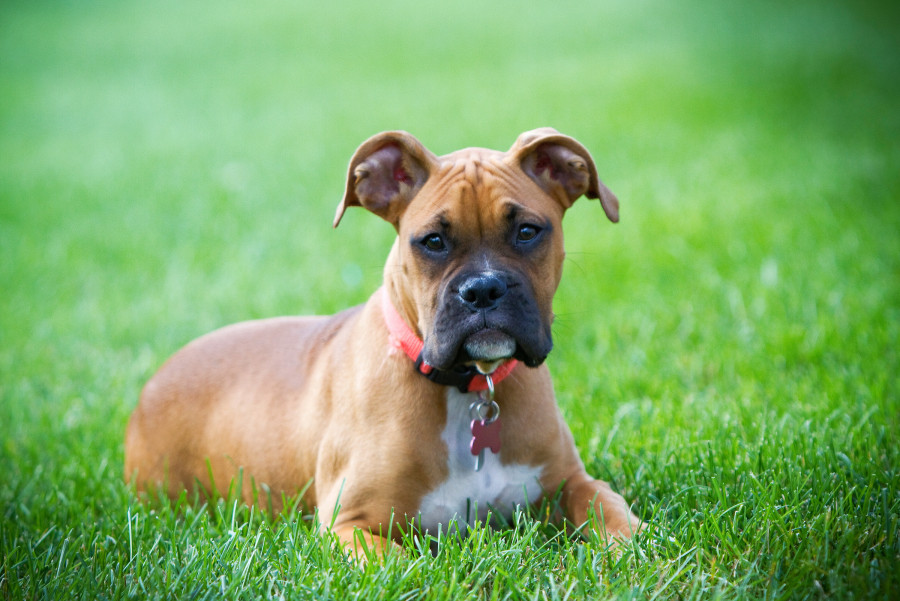

How often should I bathe my dog?
I feel like I’m constantly second-guessing how often to bathe my dog. If I wait too long, he gets smelly and dirty, but if I do it too often, his skin gets flaky and dry. He has a medium-length coat and I'm bathing him every 6 to 8 weeks. What’s the ideal bathing schedule for a dog like him?



